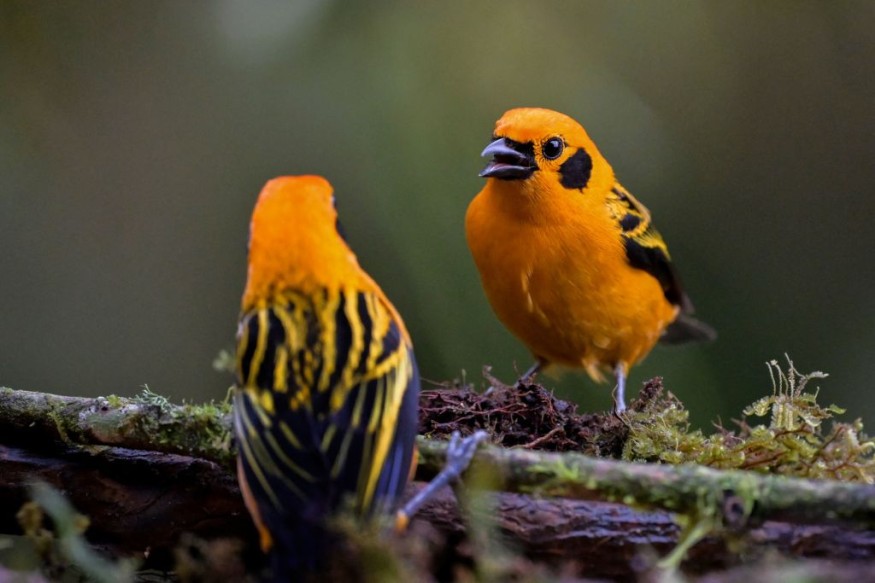Global bird populations have significantly declined due to various factors such as habitat loss, habitat degradation, and overexploitation, with climate change being an emerging threat, according to a new study.
Scientists have reportedly confirmed the "shocking losses," threatening avian biodiversity.
Global Status Report

In a global status report posted in the Annual Review of Environment and Resources on Wednesday, May 4, scientists from various institutions have provided an overview of the global spatiotemporal distribution of bird species, their knowledge of avian biodiversity, and the extent of the said threats.
The scientists cited the assessment of the International Union for Conservation of Nature (IUCN)'s Red List Index, which showed a continuous deterioration in the conservation status of the global avifauna for the past three decades.
By reviewing existing data from the IUCN Red List, the new study provides the following statistics of global bird populations consisting of approximately 11,000 bird species, as cited by the American Association for the Advancement of Science:
- 48% of current bird species are either suspected or known to be undergoing a downward population trend worldwide
- 39% have a stable population
- Only 6% of species are showing signs of increasing population trends
- Meanwhile, the status of the remaining 7% is still unknown
The study's authors stated these negative impacts on bird populations are exhibiting a consistent pattern of negative trends worldwide.
The new study was conducted by scientists from the Cornell Lab of Ornithology in the United States; Manchester Metropolitan University and Birdlife International in the UK; the University of Johannesburg in South Africa; Pontifical Xavierian University in Colombia; and the Nature Conservation Foundation in India.
Habitat Loss
The recent global status report also referred to a 2019 study published in the journal Science, wherein scientists have underlined almost 30% of birds in the United States and Canada have been extinct since the 1970s, as cited by the Cornell Chronicle, the news page of the Cornell University.
The said study was based on the analysis of 529 bird species, where a total of 2.9 billion of their avian adult members have vanished.
Scientists have suspected habitat loss, including grasslands and forests, is the main culprit behind these losses.
Meanwhile, the new study also emphasized habitat loss and habitat degradation, pointing out that the main driver of potential endangerment or extinction is overexploitation, with climate change being the newest contributing factor to the global threat.
Overexploitation and Climate Change
According to the American Bird Conservancy, human activities are still one of the main factors that affect bird habitats, where overexploitation such as hunting grounds and mining operations have led to the destruction of these bird ecosystems.
These activities became more common and intense, especially during global industrialization over the past 150 years and the rise of the human population to approximately 7 billion.
This uptick in population was also in parallel to increased demand for various natural resources, resulting in heightened industrial activities such as the burning of fossil fuels and greenhouse gas emissions, which multiple studies have confirmed, to be the main causes of climate change.
Related Article: Panama Rainforest's Bird Population Continues to Decline
© 2025 NatureWorldNews.com All rights reserved. Do not reproduce without permission.





